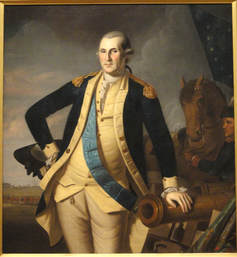 While helping to win his country’s independence from Great Britain, Captain C. W. Peale painted General George Washington’s portrait. Cleveland Museum of Art via Wikimedia While helping to win his country’s independence from Great Britain, Captain C. W. Peale painted General George Washington’s portrait. Cleveland Museum of Art via Wikimedia It was December 24, 1801, when bundled-up Philadelphians bought their 25¢ tickets and entered Peale’s Museum on Fifth Street. Once inside, they saw the owner’s paintings. And I’ll bet you have too—even if you’ve never heard of Charles Willson Peale. This one, for instance, of his fellow Revolutionary War soldier: Visitors to the museum had seen Peale’s collections of butterflies, too, and other nature specimens, such as the fossilized teeth of mysterious beasts. (Who knew then that animals went extinct? Hardly anybody!) But on this extra-special Christmas Eve, people probably hurried past Peale’s handmade dioramas, with the lifelike bodies of birds and mammals that he’d stuffed and posed. Today, Mr. C.W. Peale himself was introducing his NEW ATTRACTION. People had paid an extra 50¢ just to see it! Now they looked up, up, UP at it, and were astonished. What animal’s skeleton was eleven feet tall? Seventeen and a half feet from its bony tail to the tips of its giant, curving tusks? It was a mastodon. No one had seen a live mastodon in more than ten thousand years. So how did one’s bones get to Philadelphia? Mr. Peale and other naturalists such as Thomas Jefferson, the new President-elect, wrote to one another about their studies, collections, and the latest discoveries, such as like these huge, mysterious bones in southern New York state. Some of North America’s long-gone mastodons ended up there, by the Hudson River. As soon as he heard about them, Peale hurried to see them. Then he not only figured a way to dig up the bones, but he also painted a picture of the huge excavation! 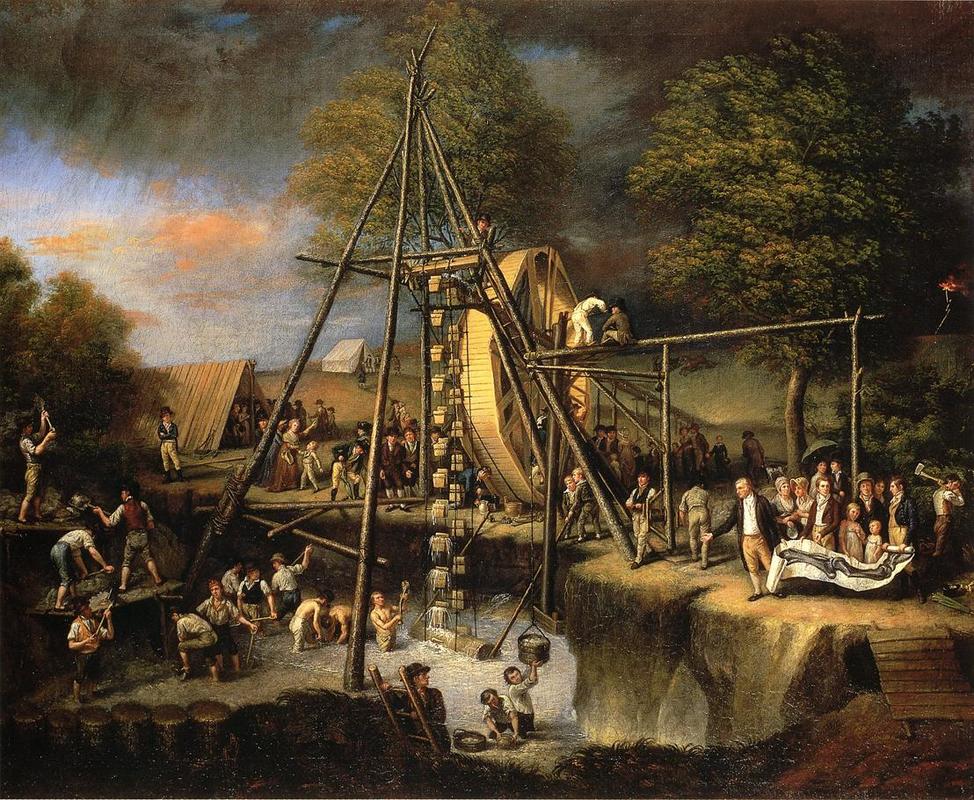 In Peale’s painting “Exhumation of the Mastodon,” he shows some of his children (He had seventeen!) and how he had to pump water out of the beast’s muddy grave. Wikimedia In Peale’s painting “Exhumation of the Mastodon,” he shows some of his children (He had seventeen!) and how he had to pump water out of the beast’s muddy grave. Wikimedia Peale’s son, Rembrandt helped to draw and assemble the bones: For years, people paid to marvel at the enormous, sensational skeleton. Later on, after Mr. Peale’s death in 1827, his museum slowly went broke. P.T. Barnum, the circus showman, bought a lot of his exhibits. Later still, they were destroyed in a fire. And the mighty bones of the mastodon wound up lost for a hundred years, until the skeleton turned up in Germany, where you can see it today. 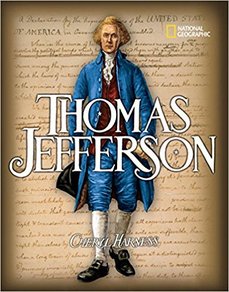 In Thomas Jefferson, her sixth presidential biography for National Geographic, Cheryl Harness illuminates the many sides of Thomas Jefferson: scientist, lawyer, farmer, architect, diplomat, inventor, musician, philosopher, author of the Declaration of Independence, founder of the University of Virginia, and third president of the United States. Readers meet this extraordinary man of contradictions: a genius who proclaimed that "All men are created equal" and championed the rights of "Life, Liberty, and the Pursuit of Happiness," while at the same time living a life that depended on the enforced labor of slaves. MLA 8 Citation
Harness, Cheryl. "The Big Deal in Mr. Peale's Museum." Nonfiction Minute, iNK Think Tank, 18 Apr. 2018, www.nonfictionminute.org/the-nonfiction-minute/ The-Big-Deal-in Mr-Peales-Museum.
1 Comment
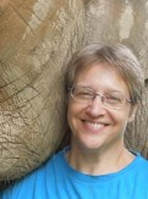 On April 13, 1787 Thomas Jefferson celebrated his 44th birthday riding a mule over the Alps on his way to Italy. Jefferson’s first official federal position after writing the Declaration of Independence was serving as Minister to France under President George Washington. Jefferson’s job was to grow America’s economy, which he did by forming trade agreements to sell whale oil and tobacco overseas. He also looked for new crops that could be grown in the U.S. and sold in Europe. One thing he noticed was that the French ate a lot of rice, but they didn’t buy rice grown in America. The French preferred dry or upland rice. American farmers grew “swamp” rice and suffered with mosquitoes and malaria. Jefferson thought that if American farmers switched to upland rice they would not only be able to sell it abroad, they would also be healthier. Jefferson asked for samples of upland rice from friends, farmers, ship captains who traveled to far off lands, and even the seven-year-old prince of Cochin China. The most prized rice, however, was grown in Italy and banned from export. Determined to help America, Jefferson rode over the Alps and found the unhusked grain. “I could only bring off as much as my coat and surtout [overcoat] pockets would hold,” he wrote a friend. Under penalty of death, he smuggled it across the border. Back in France, Jefferson sent rice to farmers in South Carolina and to his farm manager at Monticello, his home in Virginia. He even grew samples of rice in pots on his windowsill when he returned to New York to be Secretary of State. Unfortunately, the upland rice didn’t grow well in the South and didn’t become a big export for the U.S., but Jefferson was not discouraged. He had already set his sights on another amazing plant that he hoped would be “the source of the greatest wealth and happiness.” Olive trees. Many years later when Jefferson listed his achievements, along with writing the Declaration of Independence he included his attempts to bring rice and olives to the United States. “The greatest service which can be rendered any country,” he said, “is to add an useful plant to its culture.” Celebrate his birthday with a salad made from some of the useful plants he brought to our culture— kale, tomatoes, peppers and chickpeas with a splash of olive oil. Happy Birthday, Thomas Jefferson! 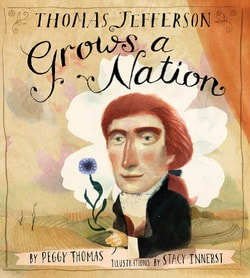 Peggy Thomas is the author of Thomas Jefferson Grows a Nation Among her other books are: * For the Birds: the life of Roger Tory Peterson * Snow Dance * Farmer George Plants A Nation * Joshua the Giant Frog * Forensic Anthropology: the Science of Talking Bones MLA 8 Citation
Thomas, Peggy. "Happy Birthday Thomas Jefferson - Smuggler!" Nonfiction Minute, iNK Think Tank, 13 Apr. 2018, www.nonfictionminute.org/ the-nonfiction-minute/happy-birthday-thomas-jefferson-smuggler. 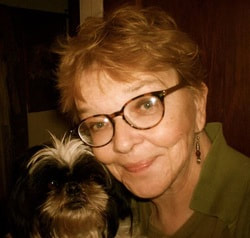 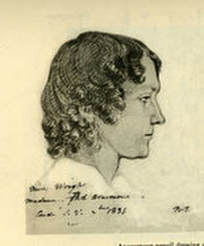 An 1835 Sketch of "Miss Wright" An 1835 Sketch of "Miss Wright" When she was a girl in Scotland, Frances or “Fanny” Wright fell in love with America, a new nation “consecrated to freedom.” On September 3, 1818, the 22-year-old writer set foot on that actual land of her dreams. She and her little sister Camilla, a pair of wealthy orphans, spent the next two years touring the young U.S. Young females did NOT go traveling without a man in those days, but Fanny believed that freedom should apply to women too! Her 1821 book about her travels won her the friendship of another freedom fan, the Marquis de Lafayette, who’d helped free America from the British Empire. In 1824, the old Frenchman made sure Fanny met his friend, 81-year-old Thomas Jefferson and his friend, 73-year-old James Madison. But wait – maybe you already see a fly in the soup. To Fanny, “slavery was revolting everywhere.” Slaves in the Land of Liberty was sickening! As much as she admired the two former presidents, she hated that they lived in slave-built mansions, waited on by people who had no choice but to do so. But slavery really did trouble them, too. Slavery trapped everyone in its evilness. With so much money tied up in costly human property, owners couldn’t afford to let them go. Could blacks support themselves, after lifetimes of being fed, housed, and denied education? Madison and Jefferson thought no; emancipation had to be gradual. Really, centuries of racial division had them and their countrymen thinking that the races could never live together. Surely blacks must go back to Africa! (In fact, many had already been sent there, to Monrovia, but that’s another story for another day.) So Fanny planned farms where blacks could learn while they earned their freedom money. It was her way of freeing her beloved America from the curse of slavery. She published her idea and tried to make it work on Nashoba, her own farm in Tennessee, but her experiment failed. Then, in the late 1820s, she went around the eastern US, making speeches about all of her freethinking ideas and shocking the daylights out of people. A public-speaking woman was unheard of! Going around, talking about abolition, day care for working mothers, the rights of women and factory workers? SHOCKING! That’s the thing to know about Fanny Wright: She was one stubborn radical, WAY ahead of her time, imagining freedoms she never lived to see. 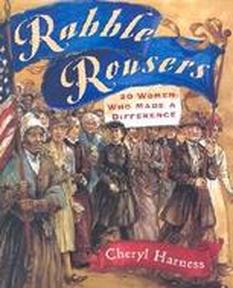 Cheryl Harness has written (and illustrated) short, spirited profiles of twenty women who impacted life in America by speaking out against injustice and fighting for social improvements. The book spans over two hundred years of American history and includes time lines for such important social movements as abolition, woman suffrage, labor, and civil rights. Readers inspired by these fiery women can use the civil action tips and resources in the back of the book to do some of their own rabble-rousing. For more information, click here. MLA 8 Citation
Harness, Cheryl. "Shocking Fanny Wright." Nonfiction Minute, iNK Think Tank, 1 Mar. 2018, www.nonfictionminute.org/the-nonfiction-minute/ shocking-fanny-wright. |
*NEWS
|
For Vicki Cobb's BLOG (nonfiction book reviews, info on education, more), click here: Vicki's Blog
The NCSS-CBC Notable Social Studies Committee is pleased to inform you
that 30 People Who Changed the World has been selected for Notable Social Studies Trade Books for Young People 2018, a cooperative project of the National Council for the Social Studies (NCSS) & the Children’s Book Council
Categories
All
Abolitionists
Adams Janus
Adaptation
Adaptations
Adkins Jan
Advertising
Aerodynamics
Africa
African American History
African Americans
Africa West
Agriculture
Aircraft
Air Pilots
Air Pressure
Air Travel
Albee Sarah
Alchemy
Alligators
Allusion
American History
American Icons
Amphibians
Amundsen Roald
Anatomy
Ancient
Ancient Cultures
Anderson Marian 1897-1993
Animal Behavior
Animal Experimentation
Animal Intelligence
Animals
Animation
Antarctica
Ants
Apache Indians
Apes
April Fool's Day
Architecture
Argument
Arithmetic
Art
Art Deco
Artists
Arts
Asia
Astronauts
Astronomy
Athletes
Atomic Theory
Audubon Societies
Authors
Autobiography
Automobiles
Aviation
Awards
Bacteria
Baseball
Battuta Ibn
Bears
Beatles
Beavers
Bees
Biodegradation
Biography
Biology
Biomes
Biomimicry
Biplanes
Birds
Black Death
Black History
Blindness
Blizzards
Bombs
Bonaparte Napoleon
Boone Daniel
Botany
Brazil
Bridges
Brill Marlene Targ
Brooklyn Bridge
Brown John
Buffaloes
Building Materials
Butterflies
Caesar
Caesar Julius
Caissons
Calculus
Calendars
Cannibal
Capitals
Caravaggio
Carbon Dioxide
Carnivores
Carson Mary Kay
Cartoons & Comics
Carving (Decorative Arts)
Cascade Range
Castaldo Nancy
Castles
Castrovilla Selene
Cathedrals
Cats
Caves
Celts
Cemeteries
Chemistry
Children's Authors
Child Welfare
China
Choctaw Indians
Christmas
Chronometers
Cicadas
Cinco De Mayo
Ciphers
Circle
Citizenship
Civil Rights
Civil Rights Movements
Civil War
Civil War - US
Climate
Climate Change
Clocks And Watches
Clouds
Cobb Vicki
COBOL (Computer Language)
Code And Cipher Stories
Collard III Sneed B.
Collectors And Collecting
Color
Commerce
Communication
Competition
Compilers
Composers
Computers
Congressional Gold Medal
Consitution
Contests
Contraltos
Coolidge Calvin
Cooling
Corms
Corn
Counterfeiters
Covid-19
Crocodiles
Cryptography
Culture
Darwin Charles
Declaration Of Independence
Decomposition
Decompression Sickness
Deep-sea Animals
Deer
De Medici Catherine
Design
Detectives
Dickens Charles
Disasters
Discrimination
Diseases
Disney Walt
DNA
Dogs
Dollar
Dolphins
Douglass Frederick 1818-1895
Droughts
Dr. Suess
Dunphy Madeleine
Ear
Earth
Earthquakes
Ecology
Economics
Ecosystem
Edison Thomas A
Education
Egypt
Eiffel-gustave-18321923
Eiffel-tower
Einstein-albert
Elephants
Elk
Emancipationproclamation
Endangered Species
Endangered-species
Energy
Engineering
England
Englishlanguage-arts
Entomology
Environmental-protection
Environmental-science
Equinox
Erie-canal
Etymology
Europe
European-history
Evolution
Experiments
Explorers
Explosions
Exports
Extinction
Extinction-biology
Eye
Fairs
Fawkes-guy
Federalgovernment
Film
Fires
Fishes
Flight
Floods
Flowers
Flute
Food
Food-chains
Foodpreservation
Foodsupply
Food-supply
Football
Forceandenergy
Force-and-energy
Forensicscienceandmedicine
Forensic Science And Medicine
Fossils
Foundlings
France
Francoprussian-war
Freedom
Freedomofspeech
French-revolution
Friction
Frogs
Frontier
Frontier-and-pioneer-life
Frozenfoods
Fugitiveslaves
Fultonrobert
Galapagos-islands
Galleys
Gametheory
Gaudi-antoni-18521926
Gender
Generals
Genes
Genetics
Geography
Geology
Geometry
Geysers
Ghosts
Giraffe
Glaciers
Glaucoma
Gliders-aeronautics
Global-warming
Gods-goddesses
Gold-mines-and-mining
Government
Grant-ulysses-s
Grasshoppers
Gravity
Great-britain
Great-depression
Greece
Greek-letters
Greenberg Jan
Hair
Halloween
Handel-george-frederic
Harness Cheryl
Harrison-john-16931776
Health-wellness
Hearing
Hearing-aids
Hearst-william-randolph
Henry-iv-king-of-england
Herbivores
Hip Hop
History
History-19th-century
History-france
History-world
Hitler-adolph
Hoaxes
Holidays
Hollihan Kerrie Logan
Homestead-law
Hopper-grace
Horses
Hot Air Balloons
Hot-air-balloons
Housing
Huguenots
Human Body
Hurricanes
Ice
Icebergs
Illustration
Imagery
Imhotep
Imperialism
Indian-code-talkers
Indonesia
Industrialization
Industrial-revolution
Inquisition
Insects
Insulation
Intelligence
Interstatecommerce
Interviewing
Inventions
Inventors
Irrational-numbers
Irrigation
Islands
Jacksonandrew
Jazz
Jeffersonthomas
Jefferson-thomas
Jemisonmae
Jenkins-steve
Jet-stream
Johnsonlyndonb
Jokes
Journalism
Keeling-charles-d
Kennedyjohnf
Kenya
Kidnapping
Kingmartinlutherjr19291968
Kingmartinlutherjr19291968d6528702d6
Kings-and-rulers
Kings Queens
Kings-queens
Koala
Labor
Labor Policy
Lafayette Marie Joseph Paul Yves Roch Gilbert Du Motier Marquis De 17571834
Landscapes
Languages-and-culture
Law-enforcement
Layfayette
Levers
Levinson Cynthia
Lewis And Clark Expedition (1804-1806)
Lewis Edmonia
Liberty
Lift (Aerodynamics)
Light
Lindbergh Charles
Liszt Franz
Literary Devices
Literature
Lizards
Longitude
Louis XIV King Of France
Lumber
Lunar Calendar
Lynching
Macaws
Madison-dolley
Madison-james
Madison-james
Mammals
Maneta-norman
Maneta-norman
Marathon-greece
Marine-biology
Marine-biology
Marines
Marsupials
Martial-arts
Marx-trish
Mass
Massachusetts-maritime-academy
Mass-media
Mastodons
Mathematics
May-day
Mcclafferty-carla-killough
Mcclafferty-carla-killough
Mckinley-william
Measurement
Mechanics
Media-literacy
Media-literacy
Medicine
Memoir
Memorial-day
Metaphor
Meteorology
Mexico
Mickey-mouse
Microscopy
Middle-west
Migration
Military
Miners
Mississippi
Molasses
Monarchy
Monsters
Montgomery
Montgomery-bus-boycott-19551956
Montgomery-heather-l
Monuments
Moon
Moran-thomas
Morsecode
Morsesamuel
Moss-marissa
Moss-marissa
Motion
Motion-pictures
Mummies
Munro-roxie
Munro-roxie
Musclestrength
Museums
Music
Muslims
Mythologygreek
Nanofibers
Nanotechnology
Nathan-amy
Nathan-amy
Nationalfootballleague
Nationalparksandreserves
Nativeamericans
Native-americans
Native-americans
Naturalhistory
Naturalists
Nature
Nauticalcharts
Nauticalinstruments
Navajoindians
Navigation
Navy
Ncaafootball
Nervoussystem
Newdeal19331939
Newman-aline
Newman-aline
Newton-isaac
New-york-city
Nobelprizewinners
Nomads
Nonfictionnarrative
Nutrition
Nylon
Nymphs-insects
Oaths Of Office
Occupations
Ocean
Ocean-liners
Olympics
Omnivores
Optics
Origami
Origin
Orphans
Ottomanempire
Painters
Painting
Paleontology
Pandemic
Paper-airplanes
Parksrosa19132005
Parrots
Passiveresistance
Patent Dorothy Hinshaw
Peerreview
Penguins
Persistence
Personalnarrative
Personification
Pets
Photography
Physics
Pi
Pigeons
Pilots
Pinkertonallan
Pirates
Plague
Plains
Plainsindians
Planets
Plantbreeding
Plants
Plastics
Poaching
Poetry
Poisons
Poland
Police
Political-parties
Pollen
Pollution
Polo-marco
Populism
Portraits
Predation
Predators
Presidentialmedaloffreedom
Presidents
Prey
Prey-predators
Prey-predators
Prime-meridian
Pringle Laurence
Prohibition
Proteins
Protestandsocialmovements
Protestants
Protestsongs
Punishment
Pyramids
Questioning
Radio
Railroad
Rainforests
Rappaport-doreen
Ratio
Reading
Realism
Recipes
Recycling
Refrigerators
Reich-susanna
Religion
Renaissance
Reproduction
Reptiles
Reservoirs
Rheumatoidarthritis
Rhythm-and-blues-music
Rice
Rivers
Roaringtwenties
Roosevelteleanor
Rooseveltfranklind
Roosevelt-franklin-d
Roosevelt-theodore
Running
Russia
Safety
Sanitation
Schwartz David M
Science
Scientificmethod
Scientists
Scottrobert
Sculpture
Sculpturegardens
Sea-level
Seals
Seals-animals
Secretariesofstate
Secretservice
Seeds
Segregation
Segregationineducation
Sensessensation
September11terroristattacks2001
Seuss
Sextant
Shackletonernest
Shawneeindians
Ships
Shortstories
Silkworms
Simple-machines
Singers
Siy Alexandra
Slavery
Smuggling
Snakes
Socialchange
Social-change
Socialjustice
Social-justice
Socialstudies
Social-studies
Social-studies
Sodhouses
Solarsystem
Sound
Southeast-asia
Soybean
Space Travelers
Spain
Speech
Speed
Spiders
Spies
Spiritualssongs
Sports
Sports-history
Sports-science
Spring
Squirrels
Statue-of-liberty
STEM
Storms
Strategy
Sugar
Sumatra
Summer
Superbowl
Surgery
Survival
Swanson-jennifer
Swinburne Stephen R.
Synthetic-drugs
Taiwan
Tardigrada
Tasmania
Tasmanian Devil
Tasmanian-devil
Technology
Tecumsehshawneechief
Telegraph-wireless
Temperature
Tennis
Terrorism
Thomas Peggy
Thompson Laurie Ann
Time
Titanic
Tombs
Tortoises
Towle Sarah
Transcontinental-flights
Transportation
Travel
Trees
Trung Sisters Rebellion
Tundra
Turnips
Turtles
Typhoons
Underground Railroad
Us-environmental-protection-agency
Us History
Us-history
Ushistoryrevolution
Us History Revolution
Us-history-war-of-1812
Us Presidents
Ussupremecourtlandmarkcases
Vacations
Vaccines
Vangoghvincent
Vegetables
Venom
Vietnam
Viruses
Visual-literacy
Volcanoes
Voting-rghts
War
Warne-kate
Warren Andrea
Washington-dc
Washington George
Water
Water-currents
Wax-figures
Weapons
Weather
Weatherford Carole Boston
Whiting Jim
Wildfires
Winds
Windsor-castle
Wolves
Woman In History
Women
Women Airforce Service Pilots
Women-airforce-service-pilots
Womeninhistory
Women In History
Women-in-science
Women's History
Womens-roles-through-history
Wonder
Woodson-carter-godwin-18751950
World-war-i
World War Ii
World-war-ii
Wright Brothers
Writing
Writing-skills
Wwi
Xrays
Yellowstone-national-park
Zaunders Bo
ArchivesMarch 2021
February 2021
January 2021
December 2020
November 2020
October 2020
September 2020
June 2020
May 2020
April 2020
March 2020
February 2020
January 2020
December 2019
October 2019
September 2019
August 2019
July 2019
May 2019
April 2019
March 2019
February 2019
January 2019
December 2018
November 2018
September 2018
June 2018
May 2018
April 2018
March 2018
February 2018
January 2018
December 2017
November 2017
October 2017
September 2017
March 2017
The NONFICTION MINUTE, Authors on Call, and. the iNK Books & Media Store are divisions of iNK THINK TANK INC.
a 501 (c) (3) nonprofit corporation. To return to the iNK Think Tank landing page click the icon or the link below. :
http://inkthinktank.org/
For more information or support, contact thoughts@inkthinktank.org
For Privacy Policy, go to
Privacy Policy
© COPYRIGHT the Nonfiction Minute 2020.
ALL RIGHTS RESERVED.
This site uses cookies to personalize your experience, analyze site usage, and offer tailored promotions. www.youronlinechoices.eu
Remind me later
Archives
March 2023
February 2023
January 2023
December 2022
November 2022
October 2022
September 2022
June 2022
May 2022
April 2022
March 2022
February 2022
January 2022
December 2021
November 2021
September 2021
April 2021
March 2021
February 2021
November 2020
October 2020
September 2020
June 2020
May 2020
April 2020
March 2020
February 2020
January 2020
October 2019
August 2019
July 2019
May 2019
April 2019
December 2018
September 2018
June 2018
May 2018
March 2018
February 2018
January 2018
December 2017
November 2017
October 2017
September 2017

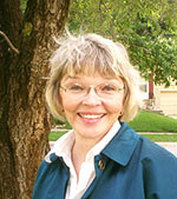


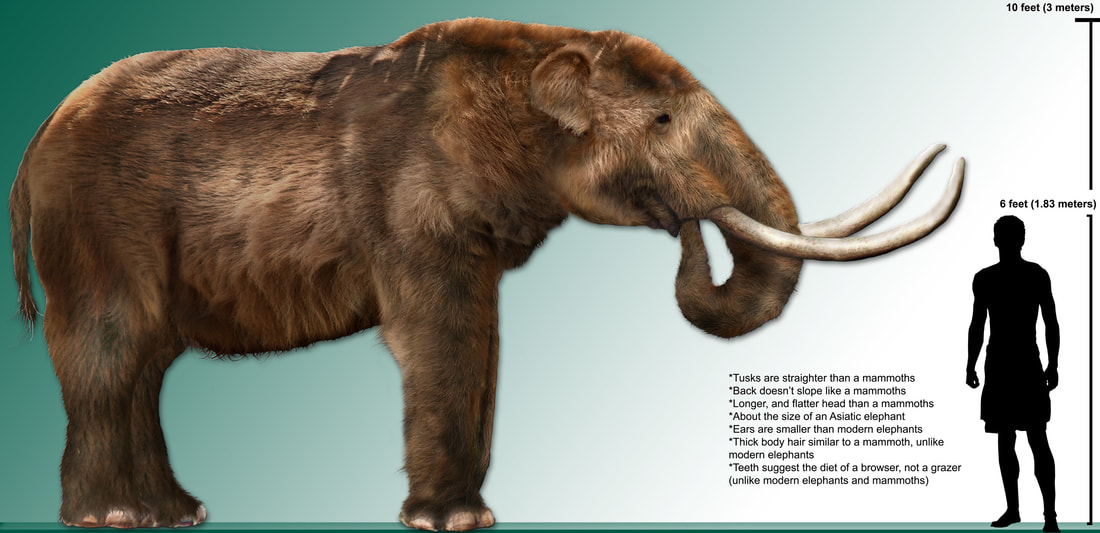
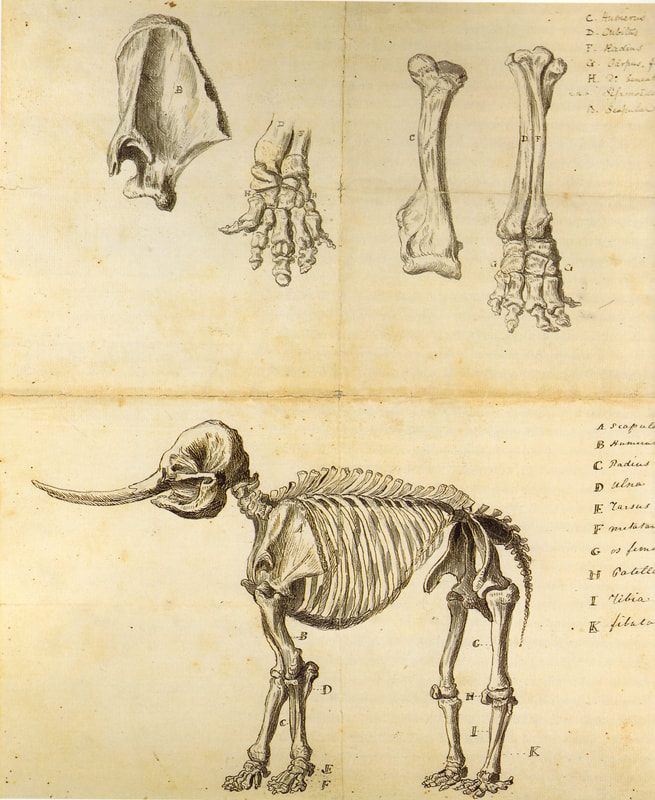
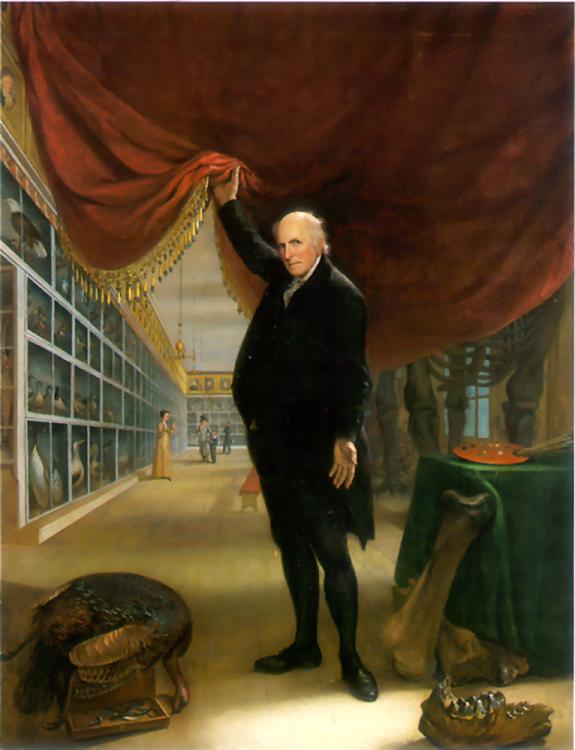
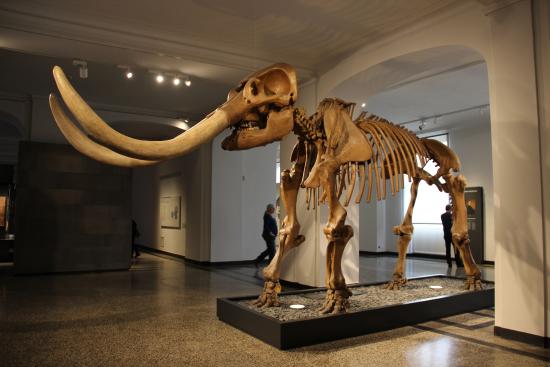


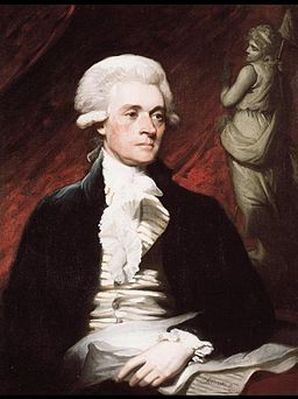
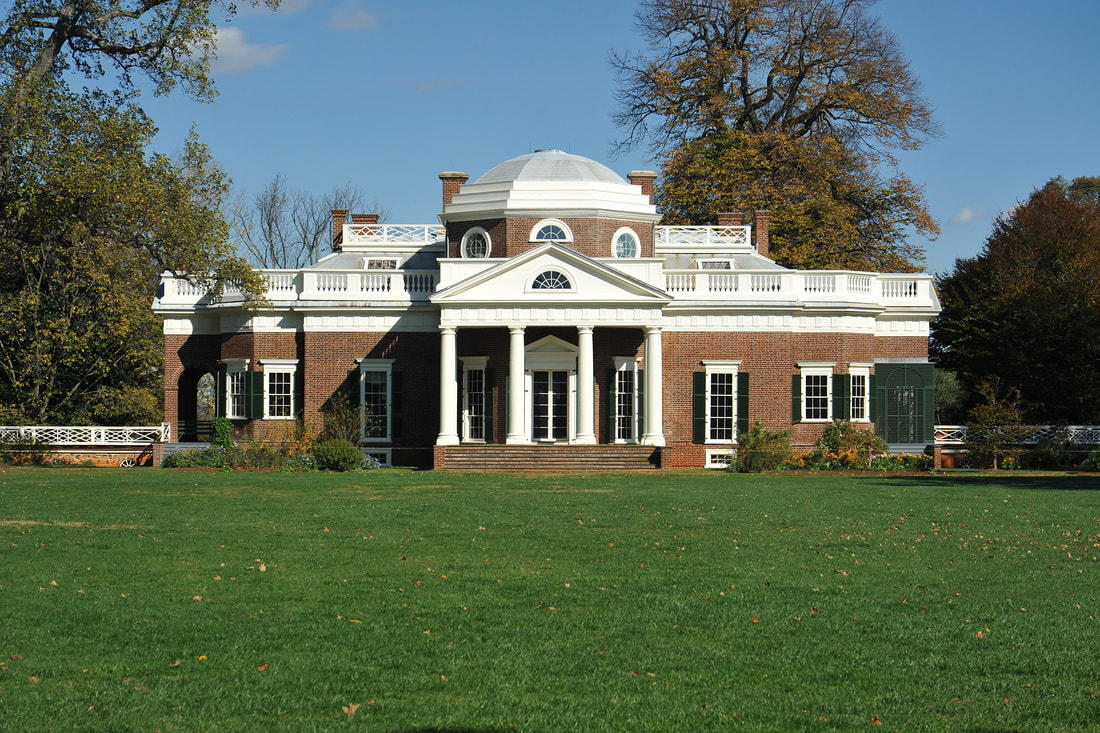


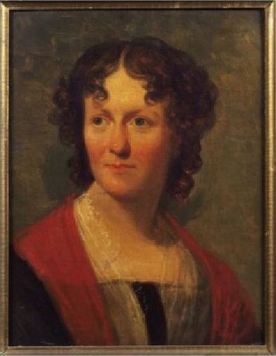
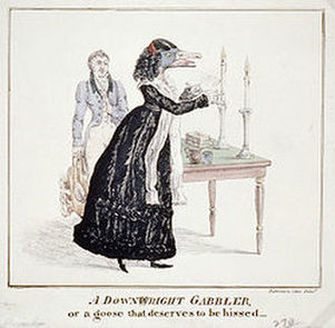

 RSS Feed
RSS Feed
